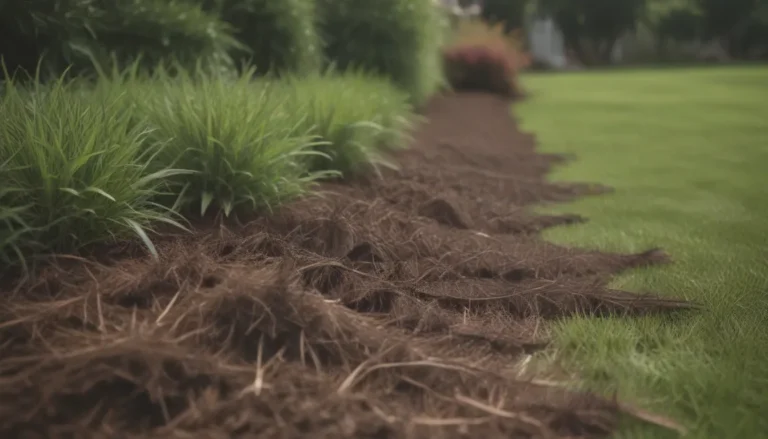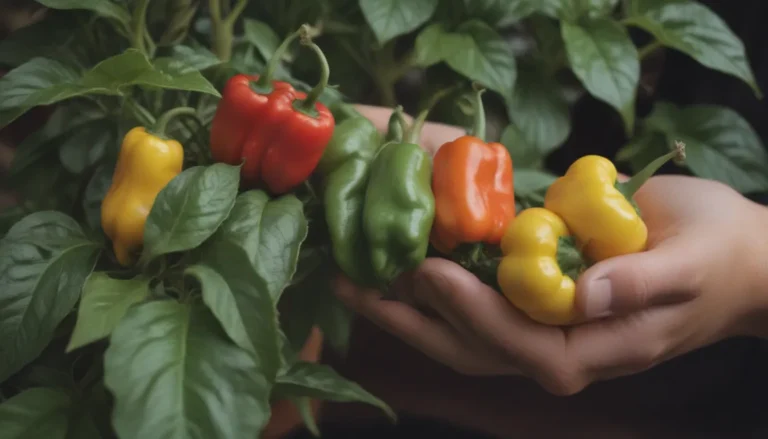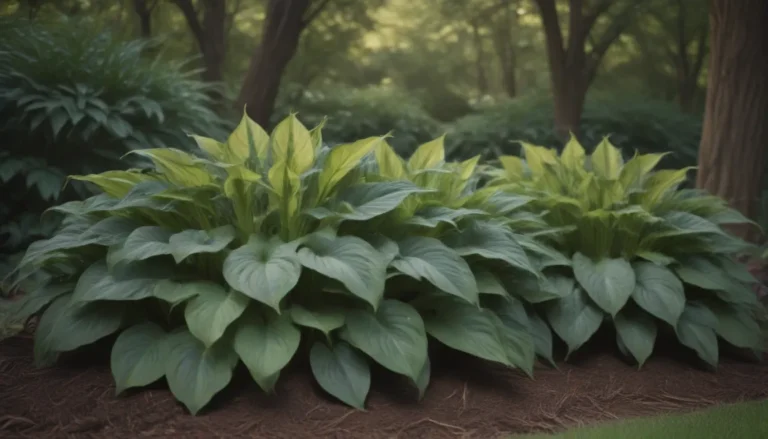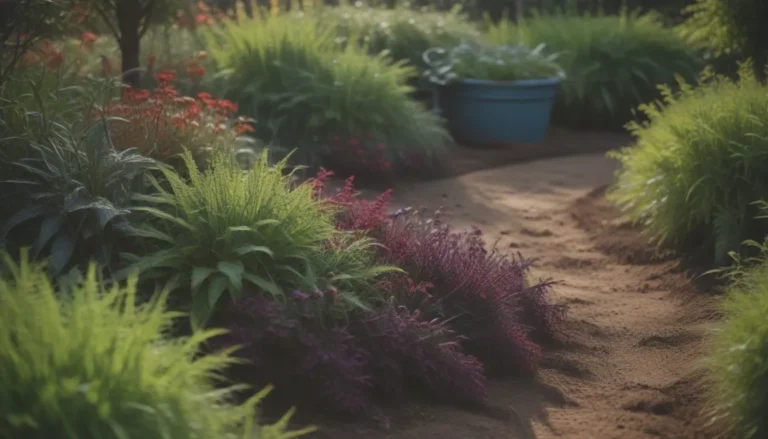Everything You Need to Know About Yellow Lemon Tree Leaves
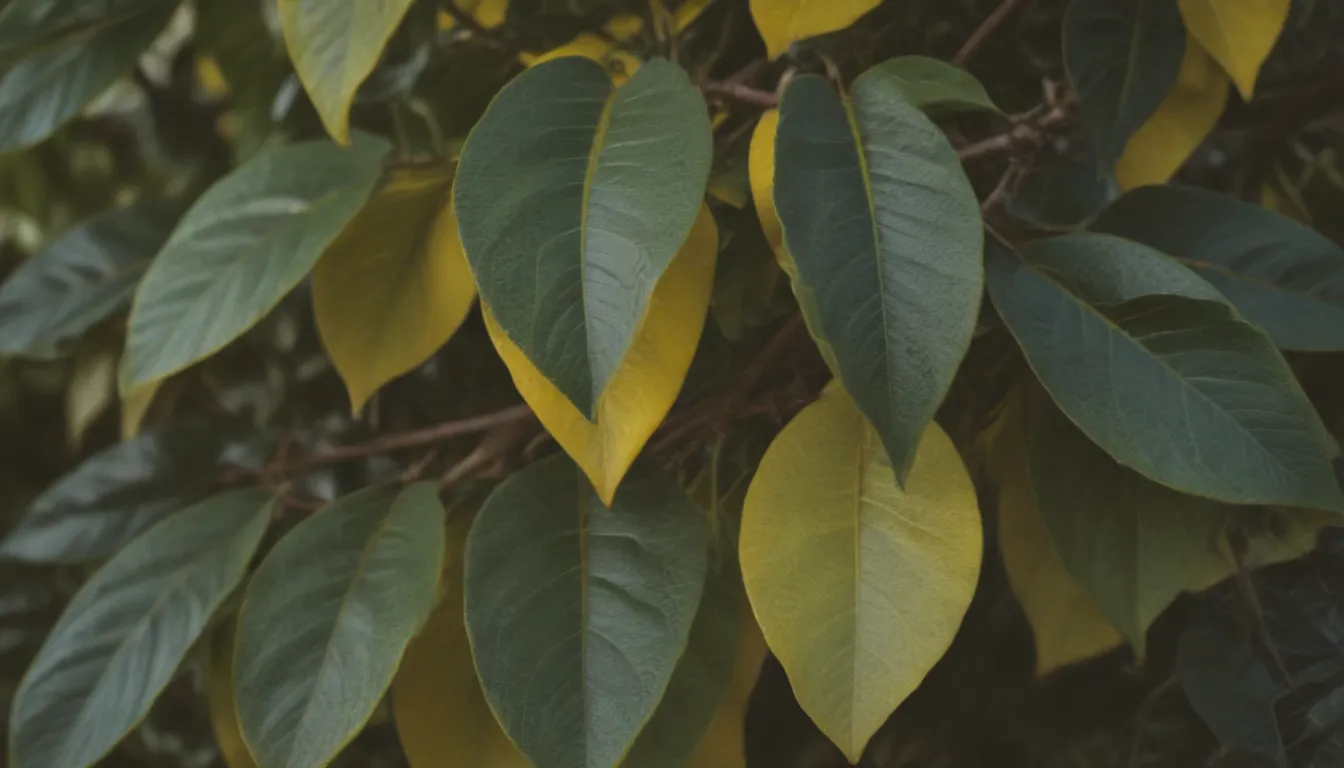
If you’re a proud lemon tree owner, you know how satisfying it is to grow your own citrus. However, seeing those vibrant green leaves start to turn yellow can be worrying. But fear not! In this comprehensive guide, we will walk you through the common causes of yellowing lemon tree leaves and how you can fix them to keep your tree happy and healthy.
Understanding Yellow Lemon Tree Leaves
When your lemon tree’s leaves start to turn yellow, it’s a sign that something isn’t quite right. This condition, known as chlorosis, is a symptom of a plant disease that causes the green tissue to become pale, yellow, or bleached. While lemon trees are relatively easy to grow, they are not immune to problems like yellowing leaves. Establishing a good care routine can help prevent this issue, but if it does occur, it’s essential to know the causes and solutions.
Common Causes of Yellow Lemon Tree Leaves
Overwatering
One of the most common reasons for yellowing leaves on a lemon tree is overwatering. When the leaves start to yellow and drop prematurely, it’s a clear sign that the roots are getting too much moisture. Overwatering can lead to root rot and eventually cause the plant to die. To fix this issue, it’s crucial to identify and correct the watering practices.
- Identify the signs of overwatering, such as yellowing leaves and soggy potting medium.
- Develop a watering schedule that allows the top 2 to 3 inches of soil to dry out between waterings.
- Ensure proper drainage by using a citrus potting mix and a pot with plenty of drainage holes.
- For in-ground trees, avoid low spots where water pools and amend clay soils with aged compost.
Underwatering
On the flip side, underwatering can also cause yellowing leaves on a lemon tree. When the foliage lacks moisture, it will turn yellow, then brown and dry up. It’s essential to strike a balance between not enough water and too much water to keep your lemon tree healthy.
- Give the plant a deep, thorough watering and allow excess water to drain.
- Check the soil for moisture daily and continue to water until the soil holds moisture.
- Use a moisture meter or poke a finger in 2 to 3 inches to test for hydration levels.
- Once the plant is rehydrated, resume watering more frequently as needed.
Nutrient Deficiency
Lemon trees have specific nutrient requirements, and a lack of essential nutrients can cause yellowing leaves. Nutrient deficiencies can manifest in different ways, so it’s essential to identify the specific nutrient lacking and provide the necessary supplements.
- Lack of Nitrogen: If older leaves become chlorotic and new foliage loses color, the tree may lack sufficient nitrogen. Fertilize with a citrus fertilizer or nitrogen-rich compost.
- Lack of Iron: Yellow leaves with yellow veins indicate iron deficiency. Reduce watering if needed and apply a citrus or nitrogen fertilizer that includes iron.
- Lack of Zinc: Yellow leaves with green veins and necrotic spots indicate zinc deficiency. Use a foliar kelp solution or add zinc oxide to the soil.
- Lack of Manganese: Yellow spotting on leaves, starting with new growth, can indicate manganese deficiency. Treat the soil with a granular manganese fertilizer.
Other Causes of Yellow Lemon Tree Leaves
Insufficient Light
Lemon trees require close to 8 hours of direct sunlight daily to thrive. If your lemon tree isn’t getting enough light, it can cause the leaves to turn yellow and drop prematurely. Consider moving your tree to a sunnier area or reducing shading foliage to improve light exposure.
Cold
While mature outdoor lemon trees can withstand freezing temperatures for short periods, extended cold can damage leaves and cause them to turn yellow. Newly planted and potted trees are more vulnerable to low temperatures, so it’s essential to protect them during cold spells by moving potted trees indoors or covering outdoor trees with frost cloth.
Weeds
Nutrient competition from weeds can cause yellowing leaves on lemon trees planted in the ground. Use a layer of mulch around the base of the tree to improve moisture retention and prevent weed growth.
Pests
Aphids, spider mites, and scale are common pests that feed on lemon tree leaves, causing them to yellow from moisture loss. While infestations are unlikely to kill the plant, they can cause significant damage. Use neem oil or horticultural oil to control scale and a mild soap solution for aphids and spider mites.
Conclusion
Yellowing leaves on a lemon tree can be a cause for concern, but with proper care and attention, you can address the underlying issues and restore your tree to good health. By understanding the common causes of yellowing leaves and implementing the necessary solutions, you can ensure your lemon tree continues to thrive and produce delicious fruit for years to come. Happy gardening!
